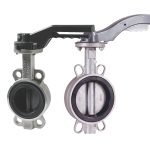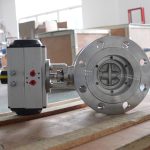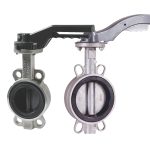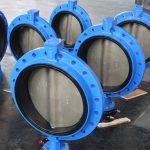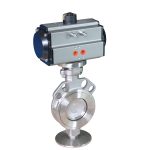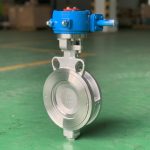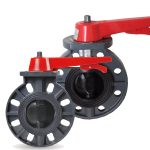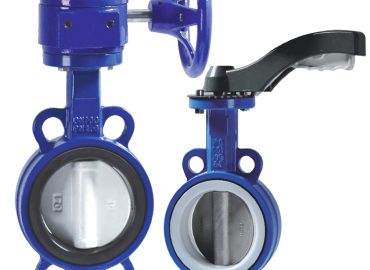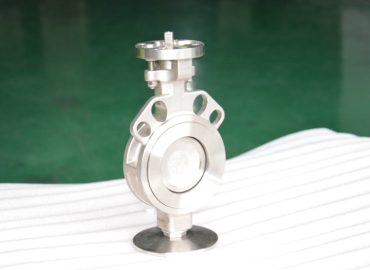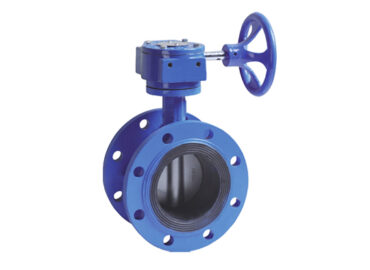Buying a new stainless steel butterfly valve can be an intimidating process. With so many factors to consider, it is important to be well informed and understand the different considerations when selecting the right valve for your needs. From design and construction materials to size requirements and end types, there are all aspects that must be considered in order to select the best seacock for your application. In this article, we’ll explore what you need to keep in mind when buying a new SS butterfly valve.
Stainless steel CF8 Butterfly Valve Introduction
When considering the purchase of a new stainless steel butterfly valve, there are numerous factors to take into account. From body materials and connections to sizing requirements, construction quality, and sealing requirements, it is important to recognize the key elements that make up a successful installation and operation. With the right considerations in mind, you can select the best valve for your particular application and ensure long-term reliability and performance.
Design of a SS Butterfly Valve
The design of a stainless steel butterfly valve is an essential factor in determining how well the valve will function for its particular application. Butterfly valves are primarily rotary motion valves that open and close to control the flow of material through a pipeline, and are typically used for on/off or throttling control. The basic components of the butterfly valve include a body, discs, seat rings, stems, and actuators. Most designs consist of two halves that can be bolted together from opposite sides with bolts, nuts, and gaskets in between. The valve body houses the components within it; depending on the type of application and size required, materials such as stainless steels or cast iron may be used. Additionally, depending on the process involved and environment in which it operates, certain body coatings may also be necessary to extend performance life.
High performance ss butterfly valve
Stainless steel butterfly valve! These versatile valves not only control and stop the flow of media, but also regulate it to perfection. Want to uncover the secrets of their working principle? Watch our informative video now!
Sizing Requirements SS Butterfly Valve
One of the most important aspects to consider when ordering a wafer butterfly valve is sizing the valve to your particular application requirements. Most commonly, the size is selected based on the size of the pipe or tubing into which it will be connected.
The diameter and shape of the disc in a butterfly valve determines how much flow can move through it efficiently, so selecting a disc with a large enough circumference is key to ensure adequate pressure and volume control. Additionally, as many valves are rated for pressure drops, making sure you select one that can handle the maximum pressure drop or gain expected along its length of travel may also be crucial. Ultimately, selecting a valve that is sized correctly will increase efficiency and performance while minimizing costs associated with installation and maintenance.
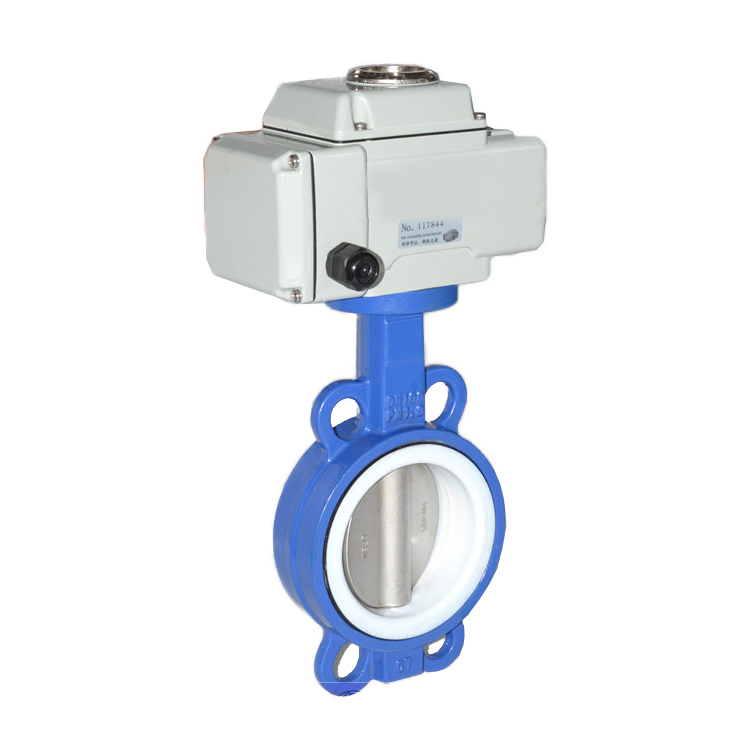
Body Materials and Options
The body material of a lug butterfly valve is an important factor in determining the performance and life cycle of the valve. Depending on the process requirements and the environment in which it operates, certain materials may be better suited than others to handle temperature, pressure, and flow velocity changes. Commonly used body materials are cast iron, stainless steels, aluminum, bronze, and plastic. Additionally, different body coating options such as epoxy or paint can be used depending on the application. Selecting an appropriate body material is essential for prolonging valve life and minimizing potential risks associated with corrosion or wear.
Connections and End Types
Connections and end types are an integral part of selecting a stainless steel butterfly valve. Flange or clamp-type connections provide a secure connection between the valve body and piping systems. Additionally, wafer, lug butterfly valve, or double flange end styles should be considered based on their compatibility with the piping system and the operating requirements. Furthermore, for certain applications such as high-pressure or high-temperature conditions, special end devices such as bellows seal sockets or one way flanges may be necessary to ensure proper operation. Ensuring that the applicable connection and end type is selected is essential for optimal valve performance and longevity.
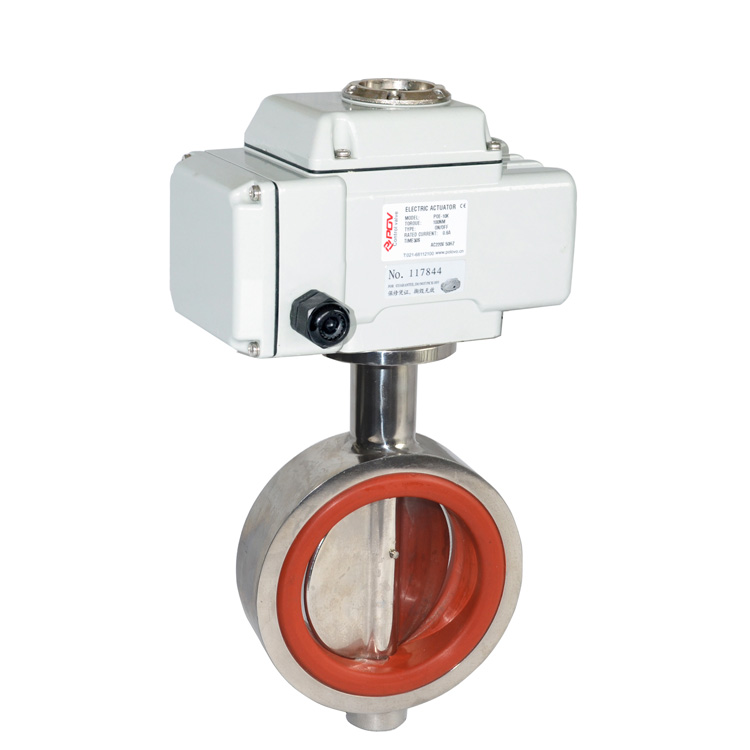
Construction Quality Standards
Constructed with precision and quality in mind, stainless steel butterfly valves must meet certain standards to ensure that they are safe and reliable. The material composition, design features, and construction quality will all be carefully tested prior to being shipped to the customer. ASTM or ANSI specifications are typically used as guidelines for valves, however, certain applications may require additional requirements such as unique end forms or special body materials for optimal operation. Additionally, pressure tests and a variety of NDE (non-destructive examination) methods may also be conducted to ensure that the valve meets the necessary safety standards before it is put into service.
Sealing Requirements SS Butterfly Valve
Sealing requirements for stainless steel butterfly valves are critical for proper system operation and depend heavily on the application. Soft-seated valves use a resilient elastomer seat in order to provide tight shutoff times and prevent leakage, while metal seat valves can provide higher pressures at elevated temperatures. Furthermore, adequate lip pressure must be applied to ensure a reliable seal between the disc and seat. Depending on the application, an external or internal stem packing may also be necessary to contain pressurized fluids. Proper sealing is essential for protecting personnel and equipment, so it is important to select the appropriate valve with all of these factors in mind.
Special Considerations for Operation and Maintenance
The operation and maintenance of stainless steel butterfly valves require special considerations in order to ensure the highest level of safety and reliability. While properly lubricated valves can be operated manually, many applications require automated control.
In these cases, it is important to make sure that the operating system is designed for reliable, consistent valve movements to prevent damage and maintain performance over time. Additionally, regular inspections should be performed in order to understand any changes or potential issues that could impact system integrity. If a problem arises, qualified personnel should be consulted in order to resolve the issue before putting the valve back into service.
Potential Cost Savings with Standardization
Standardizing on stainless steel butterfly valves can provide potential cost savings across a wide range of applications. By selecting a valve that is compatible with the system and its environment, downtime can be reduced and efficiency improved. Furthermore, fewer spare parts need to be kept in-house since the same valve can be used for multiple functions.
This eliminates overstocking and allows for more uniform maintenance practices, which further reduces costs in the long run. In addition, standardized valves are also easier to understand and order due to their consistent design. For these reasons, standardizing on stainless steel butterfly valves can lead to greater operational efficiency and cost savings overall.
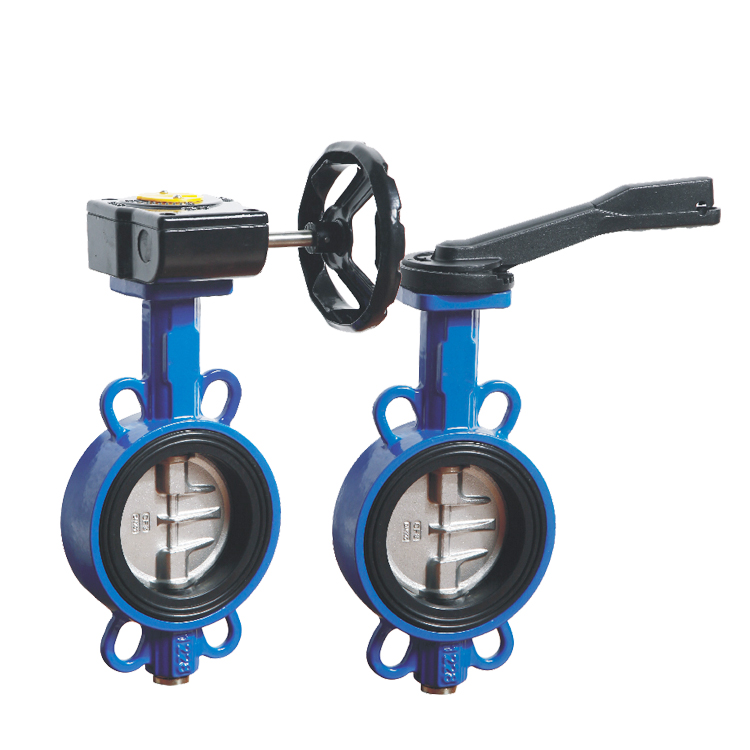
Summary
In summary, stainless steel butterfly valves can provide substantial cost savings and increased operational efficiency when they are properly selected, installed, operated and maintained.
When selecting a valve, it is important to factor in the application requirements and system environment in order to maximize performance. Once installed, automated control systems should be examined for consistent operation and regular inspections should be performed to detect any changes or issues that could impact system integrity. Finally, standardizing on stainless steel butterfly valves can lead to reduced downtime and costs by eliminating overstocking of spare parts and allowing for more uniform maintenance practices.



